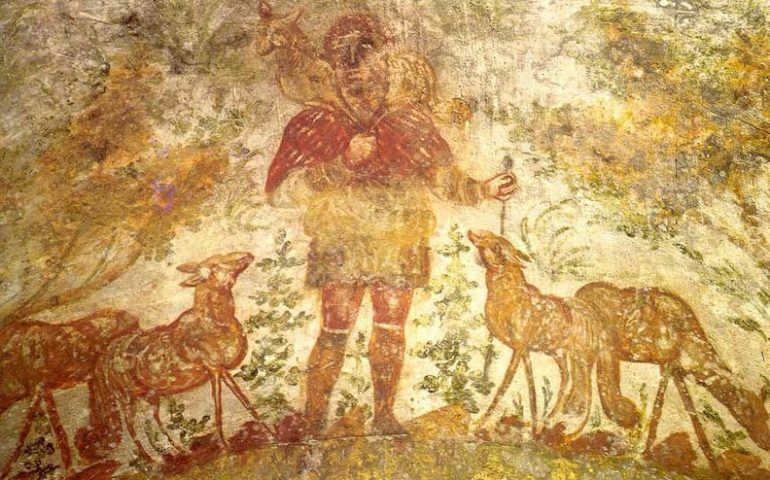Understanding the Office of Peter, by Dominic V. Cassella

Vatican Offers New Guidance for Synod’s Implementation Phase, by Christopher Wells
July 7, 2025
Saints of the Day for July 8: Sts. Gregory Grassi and Companions
July 8, 2025
The Good Shepherd by an unknown artist, c. 350 [Catacombs of Domitilla, Rome]
By Dominic V. Cassella, The Catholic Thing, July 5, 2025
Dominic V. Cassella is a husband, father, and doctoral student at the Catholic University of America. Mr. Cassella is also Editorial and Online Assistant at The Catholic Thing.




